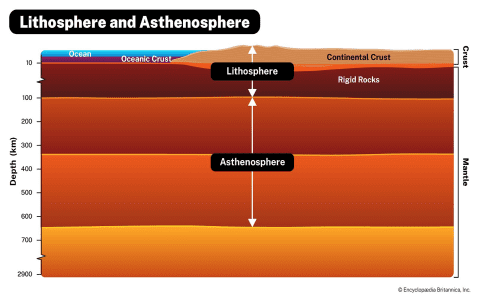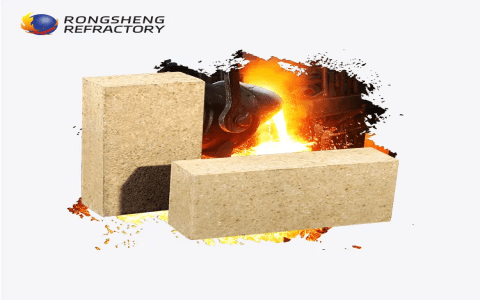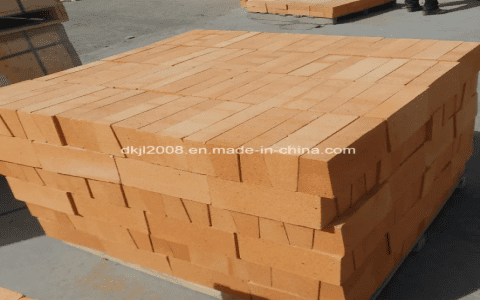You might wonder, what’s a fire brick made of, right? Well, lemme tell ya, it ain’t no regular brick. Fire bricks, also known as refractory bricks, are specially made to handle real high temperatures. They’re used in places where the heat’s cranked up, like in furnaces, fireplaces, kilns, and even steel-making places. These bricks can take heat that’d melt a regular ol’ brick right down. So, if you got a spot that needs to keep steady under high heat, this here’s what you’re lookin’ for.
What Goes Into a Fire Brick?
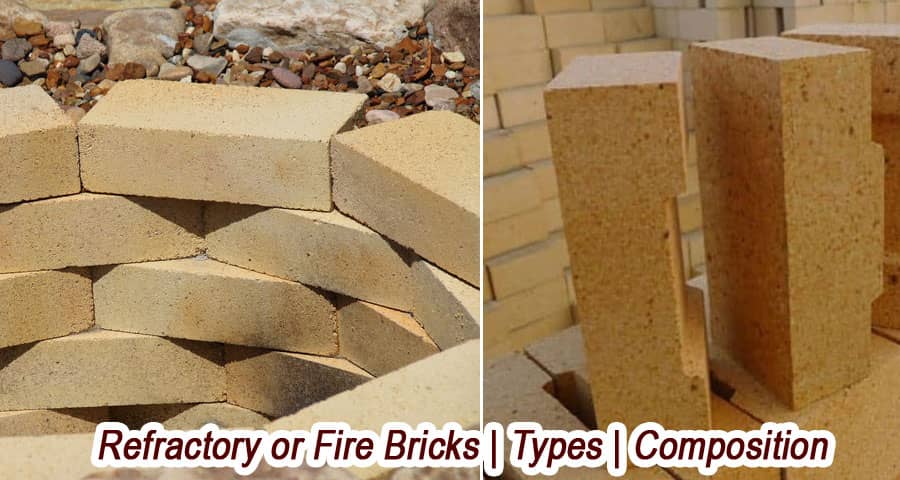

Now, the main stuff in a fire brick is called fireclay. That’s a kind of clay rich in alumina and silica, both of which are mighty good at handling heat. Alumina and silica are the two big ingredients that keep the brick strong and steady even when things get cookin’. They make sure the brick don’t crack or crumble, even at temperatures up to 3,000 degrees Fahrenheit. Regular bricks just can’t hold up like that.
They also make these fire bricks so they don’t transfer heat too quick. What that means is, while it’s hotter than a stovetop on one side, the other side ain’t gonna burn ya. Handy for keeping the heat in, which saves on energy, you know? Especially if you’re using one of these in a furnace or fireplace at home or somewhere else you wanna keep cozy without losing too much heat.
How Are Fire Bricks Made?
The making of fire bricks, well, it ain’t as simple as slapping some clay together. First, the fireclay’s put through a kiln, heated up real hot until it’s partly vitrified, which means it gets hard as a rock. For some special bricks, they’ll even add a glaze to make ‘em smoother or tougher, depending on where they’re going to be used.
- Regular Fire Bricks: These are the most common, made mostly of that alumina and silica I talked about. You’ll find these lining furnaces and chimneys, keeping the heat where it needs to be.
- Silica Fire Bricks: These ones can handle the real high temperatures, like in steel-making factories. Silica’s super sturdy, so these bricks can handle up to 3,000 degrees Fahrenheit or so, without cracking under the pressure.
- Magnesia Fire Bricks: These ones got magnesium oxide in ‘em, and they’re used for even lower temperature work. Handy for industrial uses where things aren’t quite as hot.
So, they’ve got all sorts of bricks for all sorts of jobs. Each type’s got its purpose, and they make sure the brick’s the right fit for the job it’s got to do.
Using Fire Bricks for Storing Energy
Now, here’s somethin’ interesting: they’re even lookin’ at using fire bricks for storing energy. Because these bricks can hold heat for a long time, they’re testing out ways to use excess energy from things like solar and wind, heating up these fire bricks and then lettin’ ‘em slowly release the heat back. Could be a way to save on energy costs in the future, using bricks like these to keep the heat for later. Clever, huh?
Where You’d See Fire Bricks
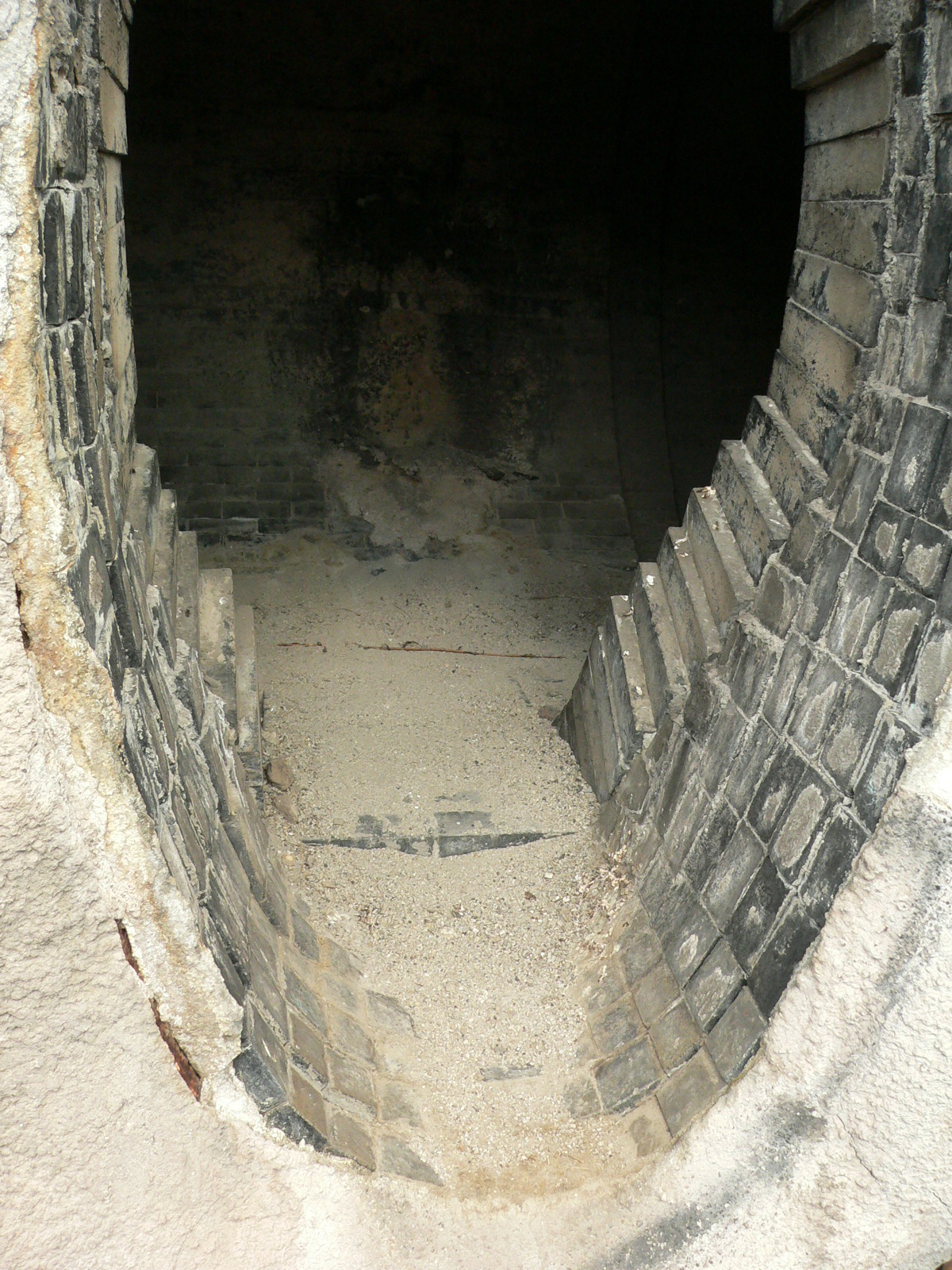

Fire bricks pop up in all sorts of places. Like I said, if you’ve got a furnace, kiln, or a fireplace that needs to keep the heat, there’s a good chance fire bricks are lining the walls. They’re also used in steel-making, where furnaces get real hot. Now, you wouldn’t need these for your average kitchen stove, but anything hotter than that, fire bricks are a top choice.
And that’s pretty much the long and short of it. These fire bricks ain’t your ordinary house bricks; they’re built tough and smart for places that need to stay hot without burning up everything around ‘em. Whether you’re lookin’ at high-heat work or even saving energy, fire bricks are a tried-and-true choice for handling the heat. So next time you see one, you’ll know just what goes into makin’ it hold up like it does.
Tags:
[fire brick, refractory brick, fireclay brick, high temperature, furnace lining, kiln, alumina, silica, energy storage]
